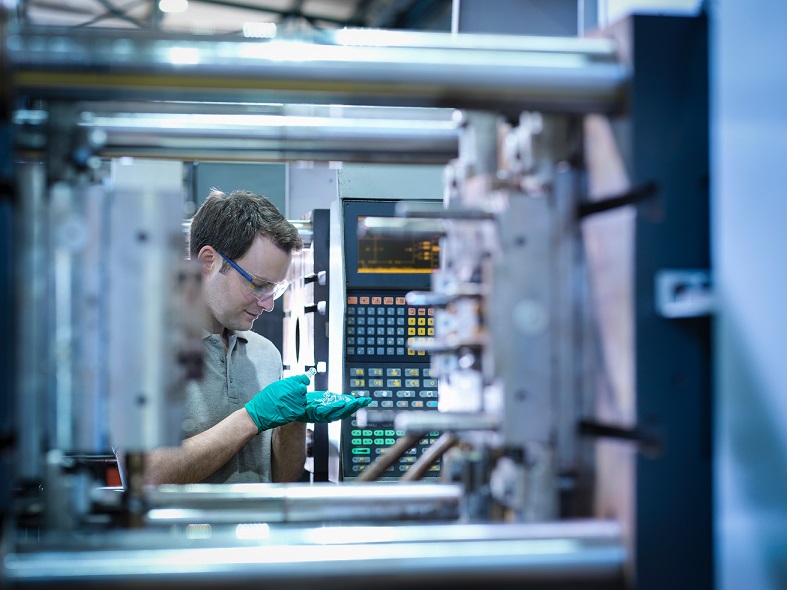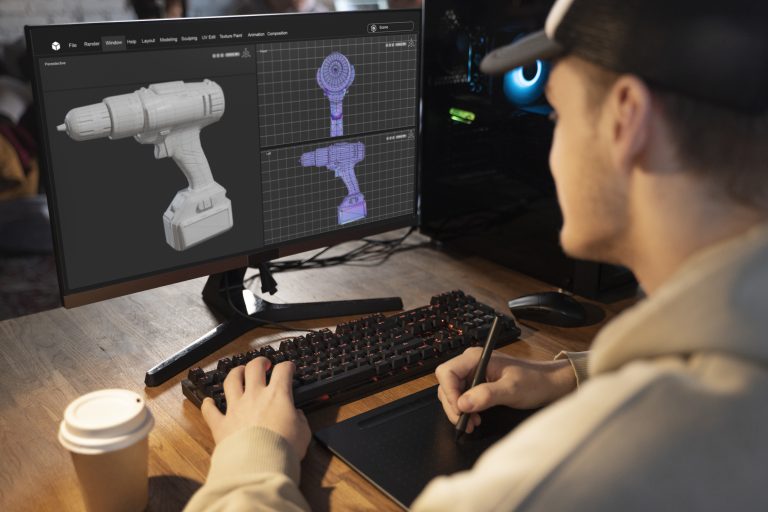While every care is taken to ensure that plastic injection moulding projects come out of the production process flawlessly, this is not always straightforward to achieve. As with any manufacturing process, some parts are tricker than others. It takes high levels of technical prowess and careful attention to detail to ensure that defects can be avoided and machine parts and manufacturing conditions can provide a top-quality product and excellent finish.
What seems to be the problem?
Defects can range from imperfections in the colour or texture to unwanted air or contaminants entering the process and more. Here are seven common defects that can appear in a plastic injection moulding project – and how to avoid them.
- Flow lines
These are lines or streaks that appear in a finished product that are normally not the same colour or tone as the rest of the plastic. They are often caused by the molten plastic not flowing evenly through the injection moulding machine and into the mould cavity. To prevent flow lines, the speed and pressure of the machine can be increased to the optimal level to fill the cavities correctly and consistently. The plastic must also be kept at a high enough temperature throughout so that it doesn’t cool down too early or too fast, which can also cause this unwanted effect.
- Surface delamination
This defect presents itself as thin layers on the surface of the component, caused by a contaminant or foreign material that has entered the process. This unwanted addition cannot bond with the plastic, and so ends up as one or more added layer. Surface delamination can also appear when too high a quantity of mould release agents is used. Prevent this by increasing mould temperatures, smoothing out any corners or sharp turns in the design process and reducing the dependency on mould release agents.
- Sink marks
Sink marks look like small craters or dips that show up in thicker areas of the component. They are caused by shrinkage. The cooling time or mechanism has not taken long enough to allow the plastic to cool down completely and cure inside the mould. Other causes include insufficient pressure inside the cavity, or too high a temperature at its gate. Lowering the temperature at the gate and allowing more time for the product to cure will help prevent sink marks from happening. Where possible, reducing the thickness of the wall sections can also help.
- Vacuum voids
Vacuum voids happen when air gets trapped in pockets within or close to the surface of the plastic moulded component. They are caused by the surface and the inner sections failing to solidify evenly. They can also crop up when two separate halves of a component being manufactured are not correctly aligned during production. Solutions can include switching to a less viscous plastic to make it harder for air to become trapped. Increase holding time and pressure and double check that all of the internal parts of the injection moulding machine are accurately aligned.
- Warping
A plastic injection moulded component is said to have warped when there is uneven shrinkage in different areas and it comes out of the process in a twisted or irregular shape. This is caused by inconsistent cooling, which leads to internal stresses that warp the material when it is released from the mould. This can be avoided by extending the cooling time and slowing down the overall process to give the plastic time to cool evenly and prevent stresses from entering the part. Designing a uniform wall thickness helps with this, as does avoiding semi-crystalline materials that are often more prone to warping.
- Burn marks
These are rusty-brown coloured marks that look like burns and can appear on the surface of an injection moulded component. They happen when the plastic material degrades due to exposure to excessive heat or overly fast injection speeds. Trapped air can also etch the surface and cause the same effect. Reducing injection speeds and melt temperature can help prevent these types of defects, as can optimising gas venting and degassing processes.
- Flash
Flash is a defect that occurs when some molten plastic leaks out of the mold cavity and sticks to the component as it cools. This often happens at ejector pin locations and parting lines. The main causes are insufficient clamping pressure and excessive injection pressure. To prevent flash, it’s crucial to increase the clamp pressure to keep the mold tightly closed. Regular maintenance of the injection molding machine and clamps is essential for optimal performance. Additionally, ensure that all settings and processes are correctly set up.





